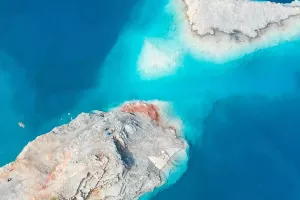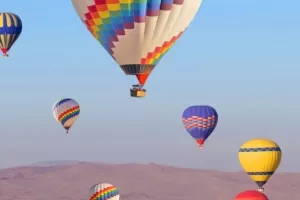Speaking of global warming, since the Industrial Revolution, the average global temperature has risen by about 1.5°C. Although this may not seem high, the domino effect it causes will gradually bring the earth closer to the ecosystem tipping point, when it may be There will be serious consequences.
Due to the gradual warming of the global climate, the area and volume of glaciers around the world have decreased significantly, and some have even disappeared.
Scientists have found that the rate of melting of polar glaciers has accelerated significantly in recent years. Currently, humans cannot make up for it in a limited time. More and more polar bears are dying because they can't find suitable ice floes to hunt for. Many coastal cities are threatened and will be completely submerged within the next few decades. With the pace of global warming, the melting of polar glaciers is the most real problem for the North and South Poles at both ends of the world.
Ice is a purifier, and for years, the planet's frigid glaciers have been absorbing harmful chemicals as well as ancient viruses and bacteria that become inactive in cold conditions. As the ice continues to melt, some trapped viruses, bacteria and chemicals are in danger of being released back into the circulation, and if that happens, humanity could face a return of some deadly diseases.
The great weight of glaciers, some even described as small continents, plays an important role that many people don't know about. The pressure exerted on Earth by giant icebergs helps control tectonic movements underground. However, as the glacier melted rapidly, this pressure was reduced, allowing more room for geological processes to react and move, which created violent earthquakes that suddenly released all the trapped energy. Tsunamis and volcanic eruptions will also increase over time, causing devastation and death in places where earthquakes have never occurred.
Scientists predict that if the current rate of global warming continues, in 4,000 years, all glaciers at the north and south poles will melt, and then the earth's sea level will rise by about 65 meters. By then, most coastal cities and some islands will be submerged, humans will no longer be able to use all means of transportation on land, and ships and yachts will replace them. Human travel will be transformed from land transport to sea transport. What a terrible fact this is.
However, melting glaciers and rising sea levels can also lead to the extinction of some species, and even involve the migration of habitats for many species. While not all creatures will die in this catastrophe, they will also be at risk.


